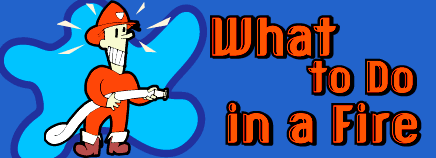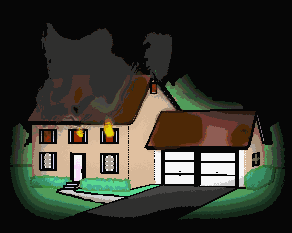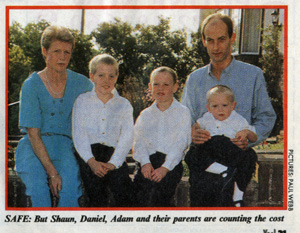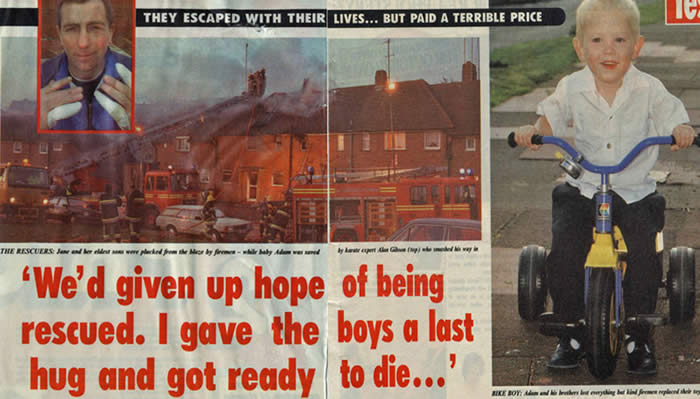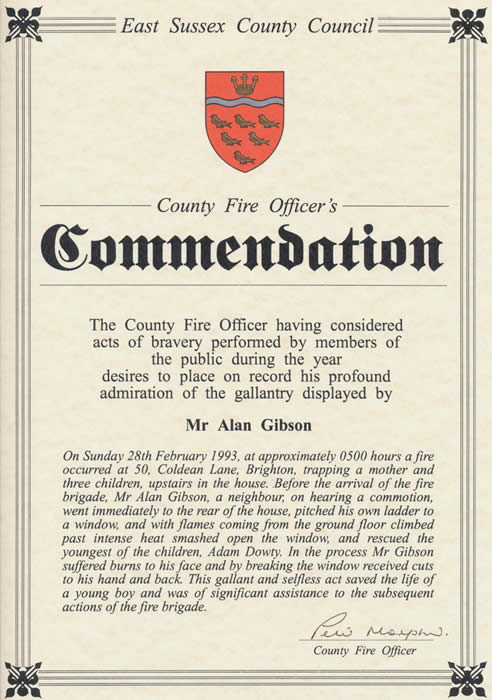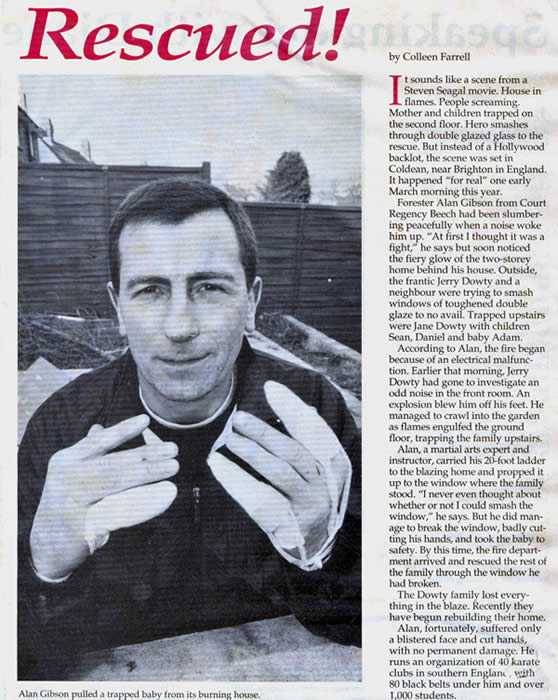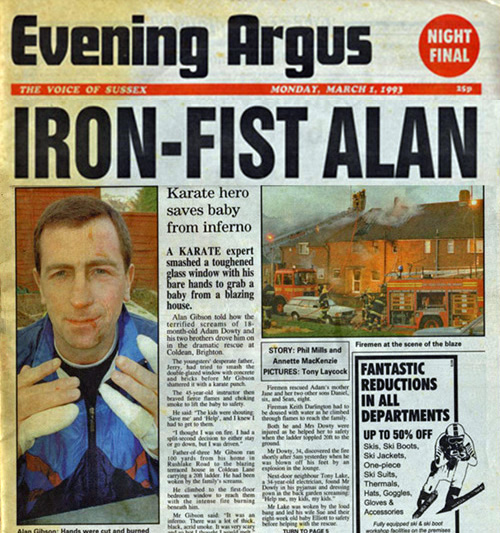
Fire drills are a big part of being safe in school: They prepare you for what you need to do in case of a fire. But what if there was a fire where you live? Would you know what to do? Talking about fires can be scary because no one likes to think about people getting hurt or their things getting burned. But you can feel less worried if you are prepared. It's a good ideas for families to talk about what they would do to escape a fire. Different families will have different strategies. Some kids live in one-story houses and other kids live in tall buildings. You'll want to talk about escape plans and escape routes, so let's start there. Know Your Way Out It's possible one way out could be blocked by fire or smoke, so you'll want to know where other ones are. And if you live in an apartment building, you'll want to know the best way to the stairwell or other emergency exits. If you're in a room with the door closed when the fire breaks out, you need to take a few extra steps:
If the doorknob feels cool, and you can't see any smoke around the door, you can open the door very carefully and slowly. When you open the door, if you feel a burst of heat, or smoke pours into the room, quickly shut the door and make sure it is really closed. If there's no smoke or heat when you open the door, go toward your escape route exit. Stay Low Exiting through a door that leads outside should be your first choice as an escape route, but also ask your parents about windows and if they would be possible escape routes. Even windows on a higher floor could be safe escape routes if you had help, like from a firefighter or another adult. Ask your parents to teach you how to unlock the windows, open them, and remove the screen, if needed. Make sure you only do this in an emergency! Lots of kids are injured because they fall out of windows. Sometimes, families even have collapsible rescue ladders that can be used to escape from upper floors of a house. If you have one, ask your mom or dad to show you how it works. In addition to planning your escape routes, you'll also want to know where family members will meet outside. This is helpful because then everyone shows up in one place and you'll know that everyone is safe. You might choose the front porch of a neighbor's house or some other nearby spot. It's normal to worry about your pets or a favorite toy, but if there is a fire, you have to leave them behind. The most important thing is that you get out safely. It's also important to know that you shouldn't stay in the house any longer than you must - not even to call 999. Someone else can make that call from outside. Once you're out, do not go back in for anything - even pets. What if You Can't Get Out Right Away? Even if you're scared, never hide under the bed or in a closet. Then, firefighters will have a hard time finding you. Know that firefighters or other adults will be looking for you to help you out safely. The sooner they find you, the sooner you both can get out. In the meanwhile, keep heat and smoke from getting through the door by blocking the cracks in the door with sheets, blankets, and or clothing. If there is a window in the room that is not possible to escape from, open it wide and stand in front of it. If you can grab a piece of clothing or a towel, place it over your mouth to keep from breathing in the smoke. This works even better if you wet the cloth first. Home Drills A good rule of thumb during a home fire drill is to see if your family can safely get out the house using the escape routes and meet outside at the same place within 3 minutes. For an extra challenge, you might try variations, like pretending that the front door was blocked and you couldn't get out that way. Fire safety experts recommend having at-home fire drills regularly so everyone stays sharp. It's also a good time to remind your parents to change the batteries in the smoke alarms. If Your Clothes Catch Fire Preventing Fires |
|
|
|
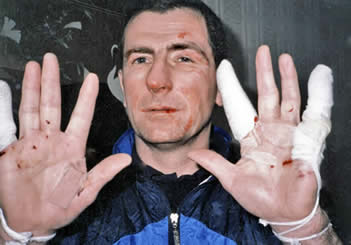 |
|
Cut & burnt fingers from pushing down all the jaggered glass around the window frame to widen the gap for the mother and kids to escape without cutting or injuring themselves. Photo taken well after when burns appeared |
|
 |
|
Back of house |
|
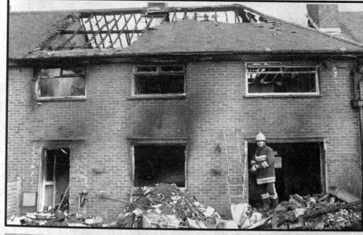 |
|
Everything was burnt to ashes. The bedroom that the mother and children were trapped in is directly above the fireman. The window from the ground is much higher as the fireman is standing on piles of burnt debris from the fire |
|
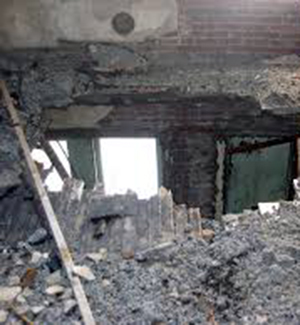 |
|
destruction and devastation of fire |
|
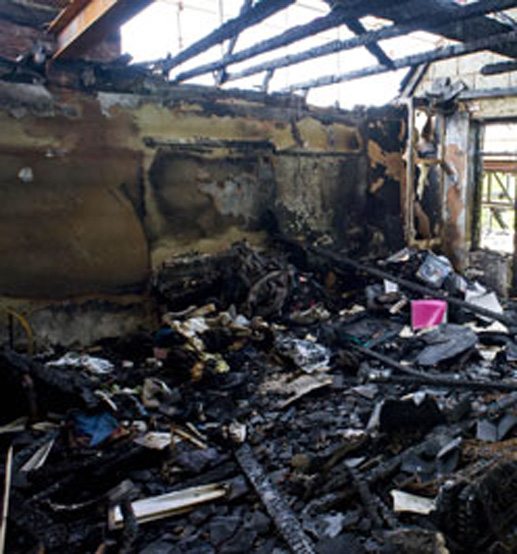 |
|
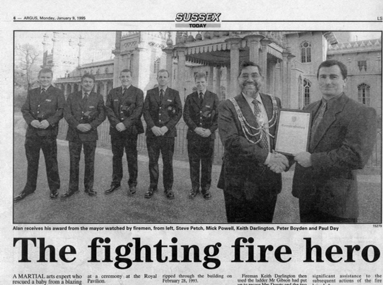 |
|
|
|
Sections from the Argus newspaper |
|
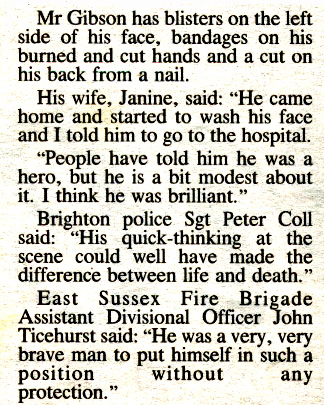 |
|
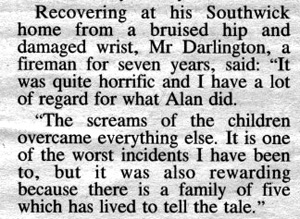 |
|
nominated by one of my karate kids for BBC hearts of gold certificate |
|
Story was told in many local and national newspapers as well as being featured in magazines. I also appeared on channel 4s the"Big Breakfast Show" with Gaby Roslyn, "Meridian Television" and BBC's"That's Life" |
|
|
|
Featured in an American and Canadian magazine. What it says is this. It sounds like a scene from a Steven Segal movie. House in flames. People screaming. Mother and children trapped on the second floor. Hero smashes through double glazed glass to rescue. But instead of a Hollywood backlot, the scene was set in Coledean, near Brighton in England. It happened "for real" one early March morning this year. Alan Gibson had been slumbering peacefully when a noise woke him up. "At first I thought it was a fight," he says but soon noticed the fiery glow of the two-storey home behind his house. Outside frantic .........(fathers name taken out to protect his identity) and a neighbour were trying to smash windows of toughened double glazed glass to no avail. Trapped upstairs were his wife with children (names taken out) ........, ....... and baby ........ According to Alan, the fire began because of an electrical malfunction. Earlier that morning the father had gone to investigate an odd noise in the front room. An explosion blow him off his feet. He managed to crawl into the garden as flames engulfed the ground floor, trapping the family upstairs. Alan, a martial arts expert and instructor, carried his 20 foot ladder to the blazing home and propped it up to the window," where the family stood. I never even thought about whether or not I could smash the window," he says. But he did managed to break the window, badly cutting and burning his face and hands. It also goes on to say that I run a martial arts organisation in southern England, etc, etc. |
|
|
|

